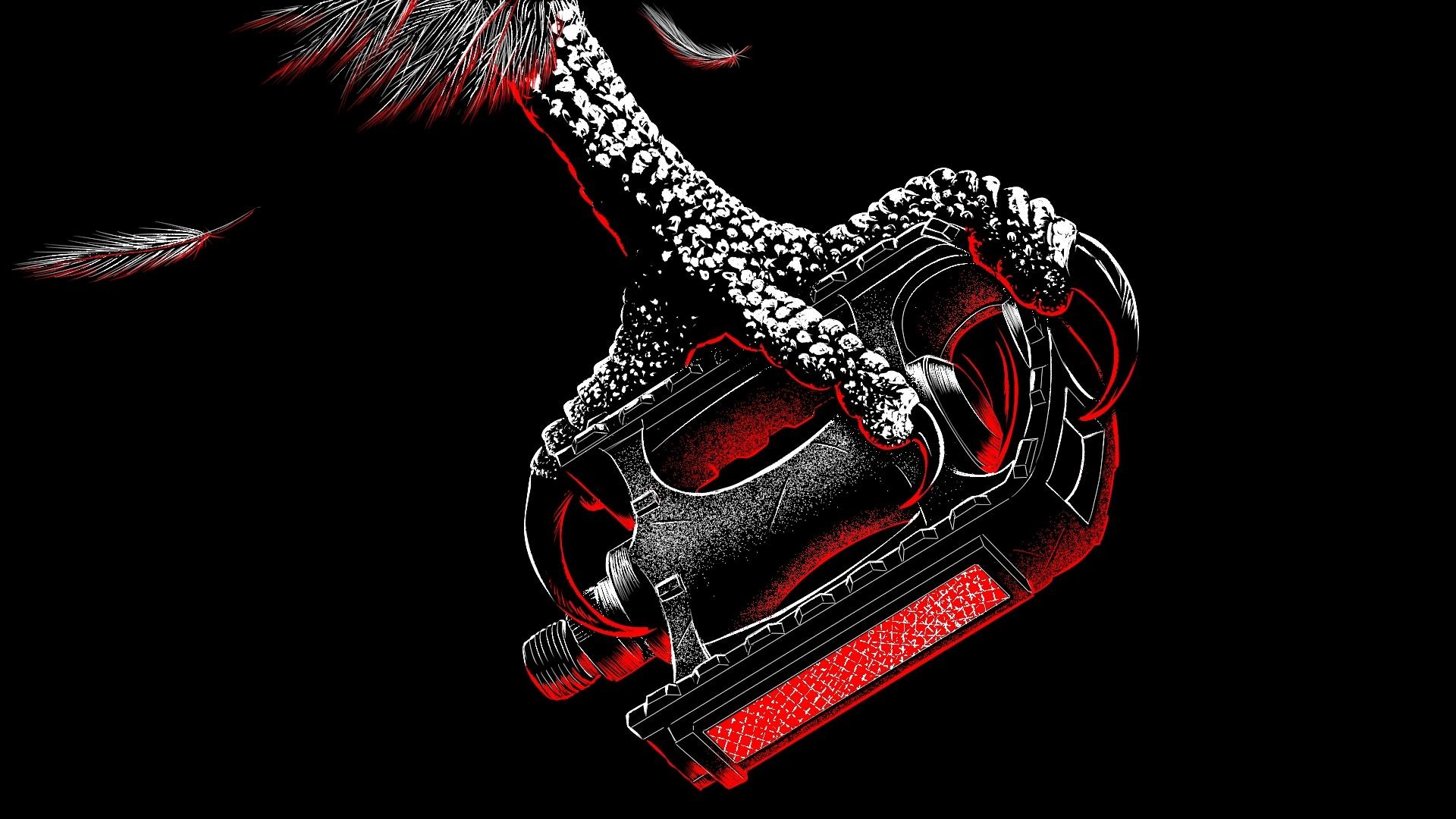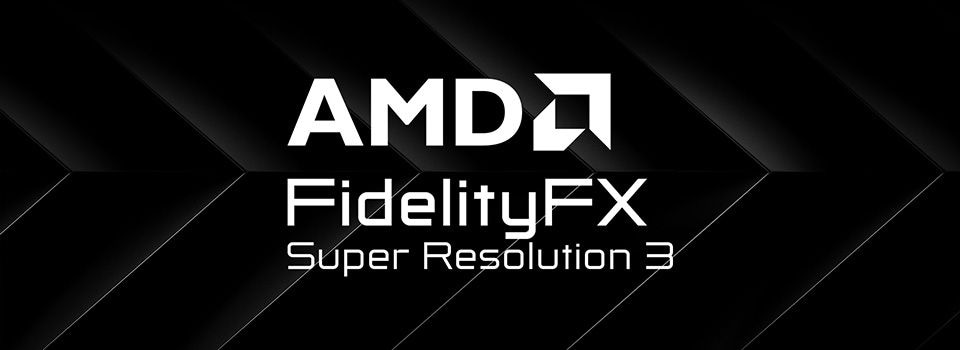Smart event badges are name tags with a brain. Instead of just showing who you are, they help track movement, trigger interactions, and collect valuable data during events. They’re becoming more common at conferences and expos.
Not all smart badges are the same, though. Two main technologies power them: RFID and Bluetooth. They may sound similar, but they actually behave very differently. Those differences have a big impact on how your event runs and how attendees experience it.
Let’s break it down.
RFID vs. Bluetooth: what’s the difference?
RFID, or Radio Frequency Identification, uses radio waves to communicate with fixed sensors. You’ve probably seen it in things like hotel keycards or inventory tags. At events, it usually tracks when someone walks in or out of a room.
Bluetooth, specifically Bluetooth Low Energy (BLE), allows badges to exchange information with nearby phones, sensors, or kiosks. This creates a more dynamic and interactive experience because the data flow is constant and not limited to set points. A great example is Klik SmartBadge™.
Summary
| Category | RFID badges | Bluetooth badges (e.g., Klik) |
| Who gets the value | Benefits organizers only; limited value for attendees or exhibitors. | Value for everyone (attendees, exhibitors, and organizers). |
| Data availability | Data is collected post-event; limited real-time use. | Real-time data on engagement and movement. |
| Range and flexibility | Short range; needs physical checkpoints. | Long range; covers entire rooms without gates. |
| Interactivity | Limited to check-ins and access control. | Enables contact/content sharing and wow moments. |
| Device integration | Needs special scanners and fixed hardware. | Works with phones, tablets, and event apps. |
| Cost and scalability | Expensive to scale due to hardware needs. | Affordable and flexible with reusable components. |
| Data and insights | Basic stats only; no behavior tracking. | Detailed insights on sessions, booths, and engagement. |
| Power and battery | Passive tags don’t need power but have little functionality; active tags need batteries. | Long battery life with energy-efficient BLE. |
| Setup and deployment | Complex setup with lots of gear. | Quick to deploy with minimal infrastructure. |
Who gets the value
RFID is mainly helpful for event organizers. It captures check-in data and movement, but doesn’t do much for attendees or exhibitors other than track their whereabouts. This can sometimes raise concerns about privacy, because attendees don’t see much value in return.
Bluetooth offers something for everyone. Attendees can share contact information by simply tapping badges together, and exhibitors can use the same badges to capture leads. Attendees can also collect session materials or sponsor content with a tap. Some badges even light up to celebrate new connections or achievements. This creates a sense of participation and delight across the board.
Data availability
With RFID, most data is collected passively and reviewed after the event. It’s useful for headcounts (like how many people attended a season), but less helpful for real-time decisions.
Bluetooth badges continuously transmit data, giving organizers real-time visibility into what’s happening. Organizers can monitor engagement, see which sessions are trending, and generate heatmaps showing dwell time: all while the event is still underway.
Range and flexibility
RFID works over short distances and relies on attendees passing through physical checkpoints. That means setting up gates or scanners at specific locations, usually at entries and exits. If attendees don’t pass those points, they’re essentially invisible.
Bluetooth works across much larger areas. It can track attendees throughout an entire room or venue without needing them to pass through specific entry points. This creates a more complete picture of how attendees move and engage across the event.
Interactivity
RFID is used for scanning in and out of spaces. That’s about the extent of the interaction.
Bluetooth makes the badge part of the action. Attendees can exchange contact information, download content, and interact with sponsors. The technology supports interactive and engaging experiences.
| Klik SmartBadges use Bluetooth technologyKlik pairs a traditional event badge with a small wearable device to make a big impression. Use Klik to share contact information, download content, gather data, prioritize sustainability, and add that coveted wow factor. Learn More |
Device integration
RFID requires dedicated scanners and hardware at every tracking point. This setup can be time-consuming and complex.
Bluetooth integrates with mobile apps and other devices people already have, like smartphones and tablets. Attendees and sponsors can view all their activities right in your event app.
Cost and scalability
Scaling RFID can quickly become expensive. Each new reader adds cost, and the setup needs to be carefully planned to ensure full coverage.
Bluetooth offers more flexibility. It covers larger areas with fewer (and reusable!) components, making it easier, more affordable, and more sustainable to scale as your event grows.
Data and insights
RFID gives you basic metrics like entry times and attendance counts. It tells you who showed up, but it lacks those behavorial insights that are infinitely more interesting.
Bluetooth collects detailed behavioral data. You can see how long someone spent in a session, which booths they visited, and how they interacted with others. These insights help organizers improve future events and provide sponsor ROI.
Power and battery life
Passive RFID tags don’t use batteries, but they also have limited functionality. For example, they can only respond when scanned by a reader. Active RFID tags can transmit signals continuously, but they require batteries. That limits their lifespan and gives you yet another thing to pack on event day.
Bluetooth badges, especially Bluetooth Low Energy (BLE) badges, are built for energy efficiency. Most can last several days on a single charge, even while supporting continuous data transmission and interactive features.
Setup and deployment
Setting up an RFID system requires a lot of planning and physical setup: think mounting scanners, running cables, and calibrating sensors. It takes time and effort, and there’s not much room for on-the-fly adjustments.
Bluetooth is easier to set up. With fewer infrastructure requirements, it allows for faster deployment and greater flexibility. This makes it a more practical choice, especially for events with tight timelines.
Sold on Bluetooth? Meet the Klik SmartBadge™.
At the end of the day, smart badges should do more than just track check-ins. They should help people connect, learn, and enjoy the event. Klik SmartBadges by Bizzabo are built with that in mind.
Powered by Bluetooth, Klik doesn’t just gather data; it powers real-time experiences. Attendees can swap contact info with a tap, download content instantly, and see their whole journey in the event app. Exhibitors get quality leads, and organizers get live insights without needing to chase down reports later.
But don’t just take it from us – check out our Klik Wall of Love to see reviews from real customers.
“It’s rare that you can find a solution that will help all attendees get more out of the experience. Lo and behold, Klik did that. It greased the wheels of lead scanning for our sponsors. On the flipside, our buyer attendees could network with each other seamlessly. It was a smoother process — a win on both sides,” says Kelsey Wind, Deputy Director of Events at CMP.
That’s what makes Klik more than just a badge; it’s truly a wow moment at events. Learn more about using Klik for your upcoming conference by scheduling a demo!


